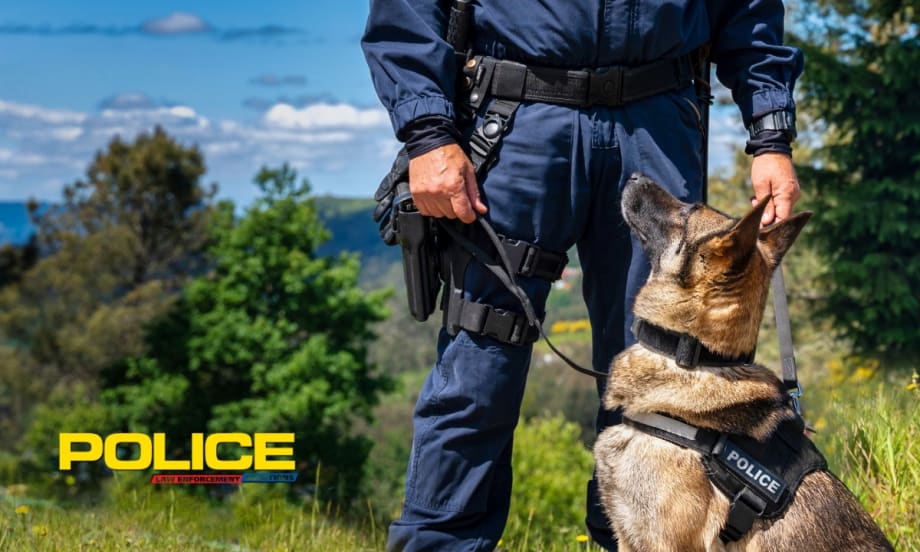6. Keep Great Records. Excellent record-keeping is a must for K-9 teams, especially in legal situations. Bob Eden, author of The K-9 Supervisors Manual, highlights that many agencies fail to document K-9 activities adequately, which can become problematic during lawsuits. A records management system designed for K-9s, along with proper training and supervisory oversight, is essential, he says.
7. Pick the Right Dog and Handler. Choose the right dog and pair it with a skilled handler, Eden advises. U.S. Army Veteran Stephen Scott recommends testing dogs’ temperaments and drive to assess suitability for police work. Eden also emphasizes finding a handler with a strong work ethic, excellent track record, and animal handling skills.
Don’ts for Police K-9s
1. Don’t Overlook Early Training and Socialization. Proper early training and socialization are essential for a K-9’s success. Exposure to various environments and situations as a puppy helps dogs build confidence for future roles. Lt. William Wozniak, a K-9 trainer for the Dothan Police Department, hosts a yearly seminar to expose dogs to realistic situations. He says if you don’t expose dogs early to things they will encounter on the street, they will fail 99% of the time. “Expose police dogs to everything you can think of to make them stronger on the street, because if you don't expose them to certain things, they will fail,” he says.
2. Don’t Ignore Signs of Stress or Anxiety. Signs of stress, such as excessive barking, rapid breathing or drooling, should not be ignored, according to Hunt. Signs that signal a need for rest are a lack of energy or fatigue, decreased performance, failure to follow commands, unexplained aggression or irritability. Hunt says these signs show a K-9 needs rest, veterinary treatment, or reassessment.
3. Don’t Push the K-9 Beyond Their Limits. Overworking a police K-9 can lead to exhaustion or injury. Handlers should know their K-9's limits and adjust the work schedule accordingly.













